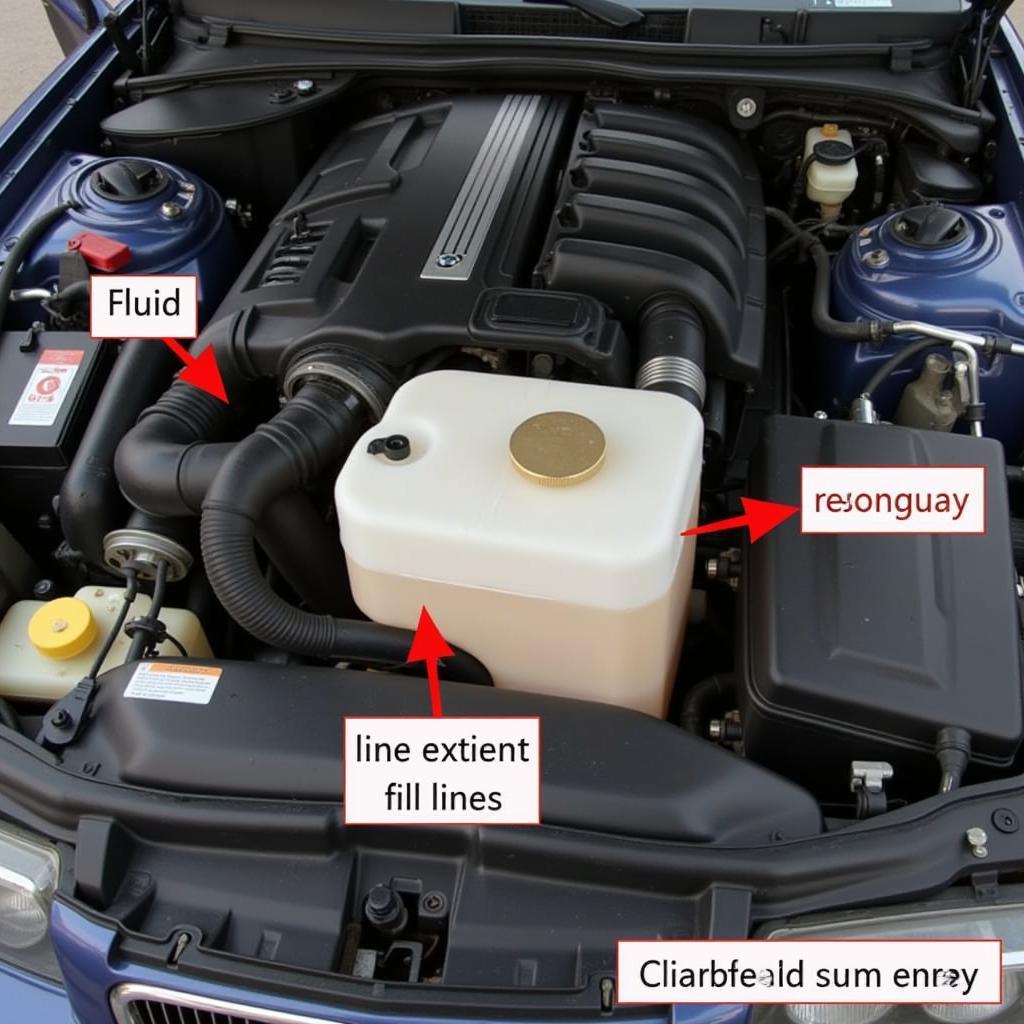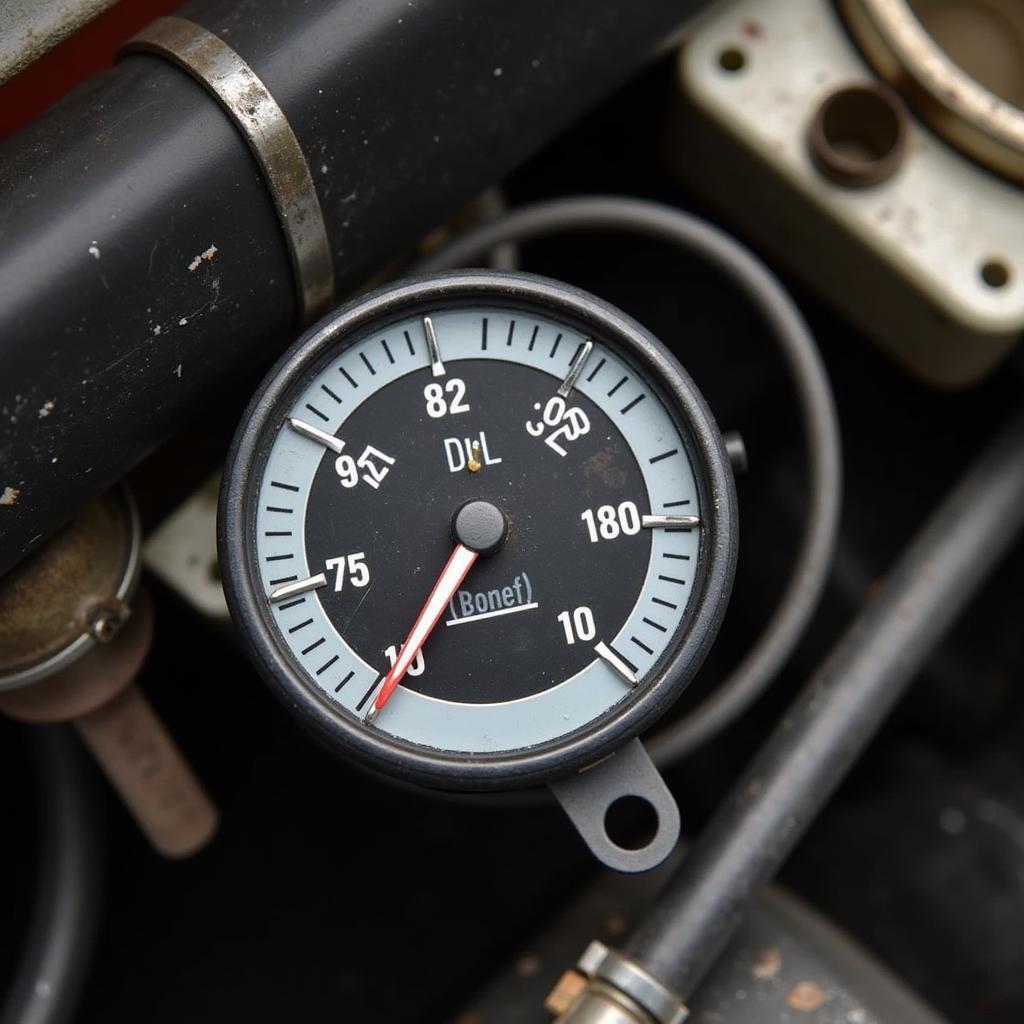The dreaded brake pad warning light flashing on your Land Rover dashboard can be a cause for concern. While it might seem like a minor inconvenience, ignoring it can lead to costly repairs and safety risks. This comprehensive guide delves into the common causes of a Land Rover brake pad warning, how to diagnose the problem, and the steps you can take to resolve it.
Understanding Your Land Rover’s Brake Pad Warning System
Land Rover vehicles are equipped with sophisticated electronic systems, and this includes the brake pad warning system. This system uses sensors to monitor the thickness of your brake pads and alert you when they become too thin.
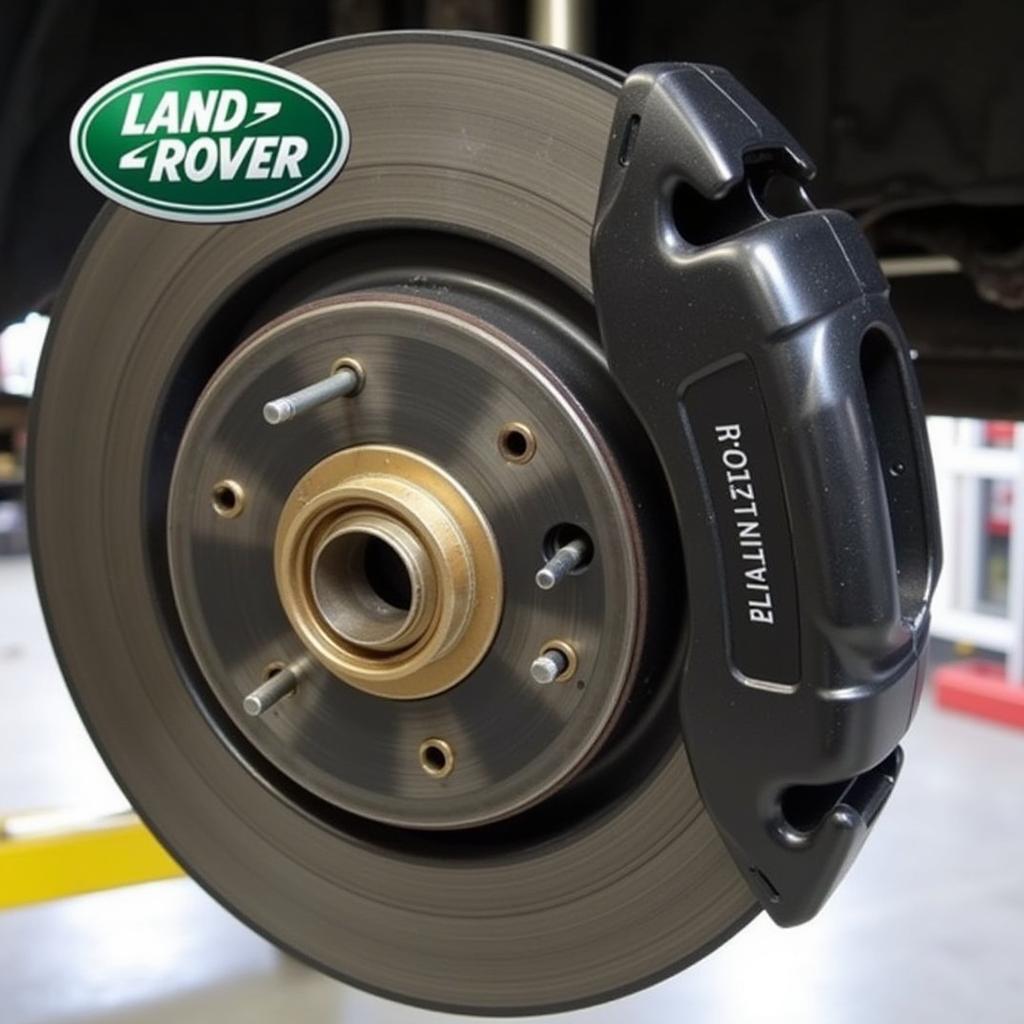 Land Rover Brake Pad Sensor
Land Rover Brake Pad Sensor
When the sensors detect that the brake pads are nearing the end of their lifespan, a warning light will illuminate on your dashboard, often accompanied by a message. This is your cue to have your brakes inspected and potentially replaced.
Common Causes of a Land Rover Brake Pad Warning
While worn brake pads are the most common culprit behind the warning light, several other factors can trigger it.
1. Worn Brake Pad Sensors
As mentioned earlier, brake pad sensors play a crucial role in your Land Rover’s braking system. These sensors are small metal tabs embedded within the brake pad material. Over time, as your brake pads wear down, so do the sensors. When the sensor comes into contact with the brake rotor, it completes a circuit, triggering the warning light on your dashboard.
2. Faulty Brake Pad Sensors
Although less common, brake pad sensors are not immune to malfunctioning. A faulty sensor can send a false signal to your Land Rover’s system, leading to a premature warning light.
3. Damaged Brake Wires
The wiring connecting the brake pad sensors to your Land Rover’s electrical system can be susceptible to damage. Exposure to road debris, corrosion, or even rodent damage can cause a break in the wiring, disrupting the signal and illuminating the warning light.
4. Issues with the Brake Fluid
Your Land Rover’s braking system relies on hydraulic pressure created by brake fluid to function correctly. If there’s a leak in the system or the brake fluid level is low, it can trigger the brake pad warning light.
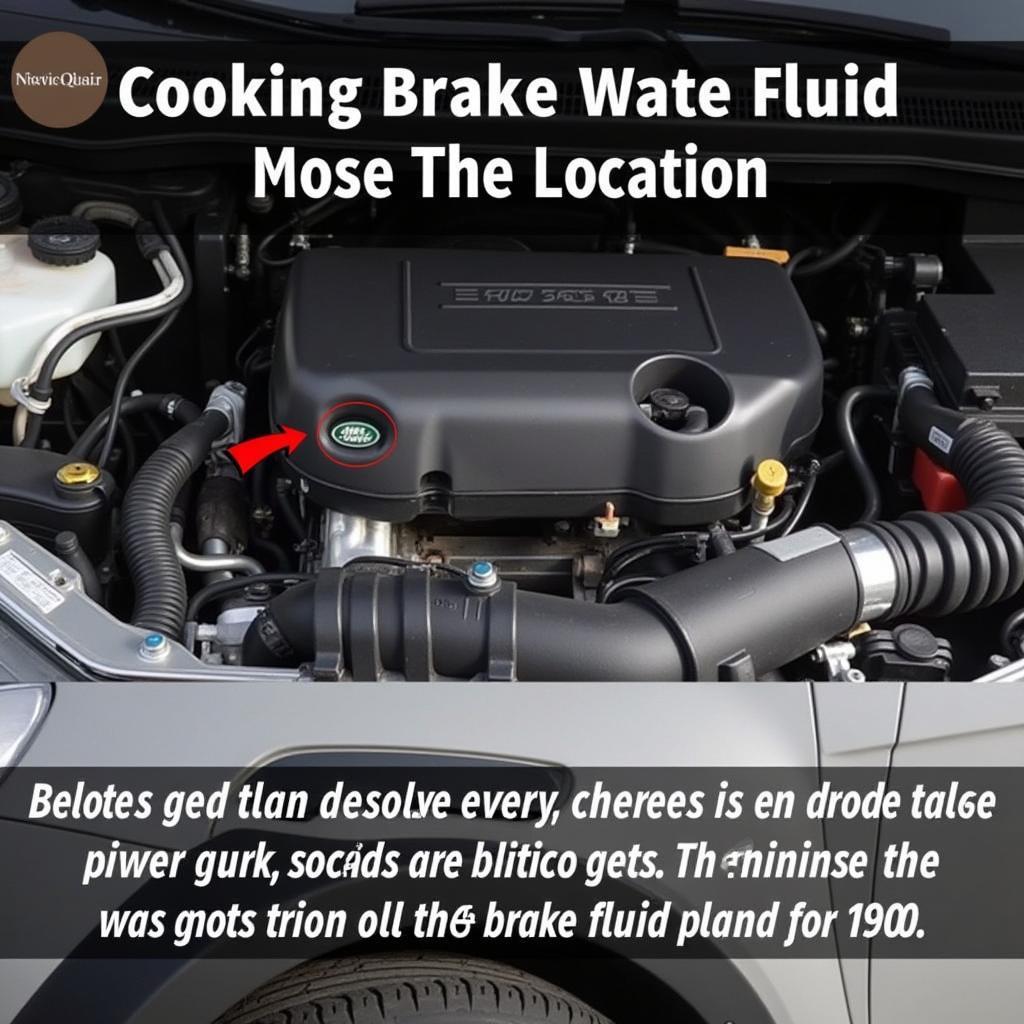 Land Rover Brake Fluid Reservoir
Land Rover Brake Fluid Reservoir
5. Malfunctioning ABS System
While not directly related to your brake pads, a problem with your Land Rover’s Anti-lock Braking System (ABS) can also trigger the brake pad warning light. The ABS system uses sensors to prevent wheel lockup during hard braking, and a malfunction in this system can illuminate the warning light.
Diagnosing a Land Rover Brake Pad Warning
“When diagnosing a brake pad warning, it’s essential to approach the issue systematically,” says John Miller, a senior automotive engineer with over 20 years of experience in Land Rover diagnostics. “Start by visually inspecting your brake pads for wear. If you’re comfortable doing so, you can remove a wheel to get a better view.”
However, if you’re unsure about any aspect of brake inspection or repair, it’s always best to err on the side of caution and consult a qualified Land Rover mechanic. They have the expertise and tools to diagnose and resolve brake issues safely and effectively.
What to Do When Your Land Rover Brake Pad Warning Light Comes On
Ignoring a brake pad warning light can have serious consequences, potentially compromising your safety and leading to more extensive and expensive repairs. If the warning light appears on your dashboard, here are the steps you should take:
-
Reduce Your Speed and Drive Cautiously: Avoid hard braking and maintain a safe distance from other vehicles.
-
Inspect Your Brake Pads: If you’re comfortable doing so, visually check your brake pads for signs of wear. Look for thin pads or pads with uneven wear patterns.
-
Check Your Brake Fluid Level: Locate the brake fluid reservoir under the hood of your Land Rover and ensure the fluid level is between the minimum and maximum markings.
-
Schedule an Inspection with a Qualified Mechanic: If you notice any signs of wear, low brake fluid, or if the warning light persists, schedule an inspection with a qualified Land Rover mechanic as soon as possible.
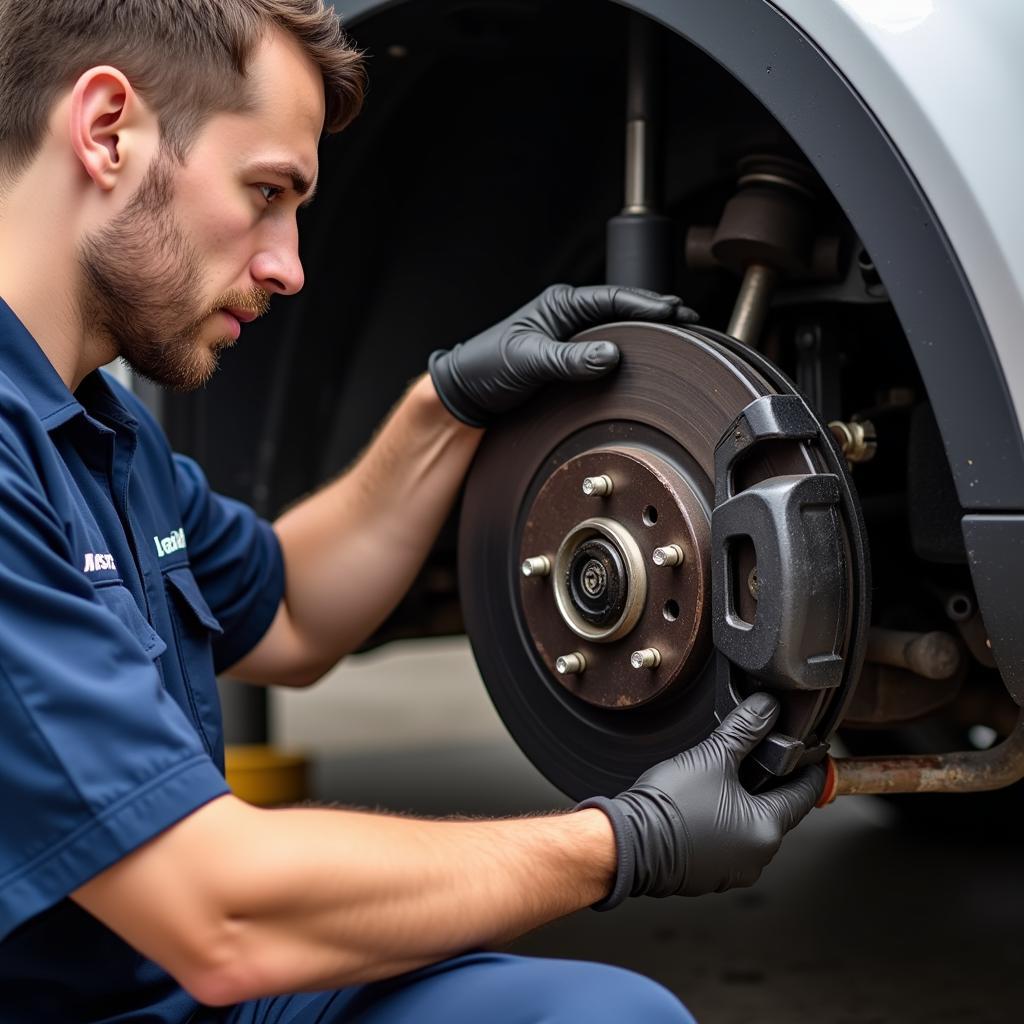 Land Rover Brake Pad Replacement
Land Rover Brake Pad Replacement
Resetting the Brake Pad Warning Light
After replacing your brake pads or addressing the underlying issue that triggered the warning light, it’s essential to reset the system. The process for resetting the brake pad warning light can vary depending on the model year of your Land Rover. Consult your owner’s manual or a qualified mechanic for the correct procedure for your specific model.
Regular Maintenance for Optimal Brake Performance
Preventing brake issues and ensuring your Land Rover’s braking system operates at its best requires proactive maintenance. Follow these tips to keep your brakes in optimal condition:
- Adhere to your Land Rover’s recommended brake inspection schedule.
- Avoid riding your brakes, especially on long downhill grades.
- Be mindful of changes in your brake pedal feel, such as a spongy or soft pedal.
- Address any unusual noises, such as squeaking or grinding, promptly.
Conclusion
Addressing a Land Rover brake pad warning promptly is crucial for your safety and the longevity of your vehicle. By understanding the common causes, taking the necessary steps for diagnosis, and prioritizing regular maintenance, you can ensure your Land Rover’s braking system remains in peak condition, providing you with peace of mind and a safe driving experience.
Remember, when it comes to brakes, it’s always better to be safe than sorry. Consult a qualified mechanic at the first sign of trouble to keep your Land Rover running smoothly for years to come.

